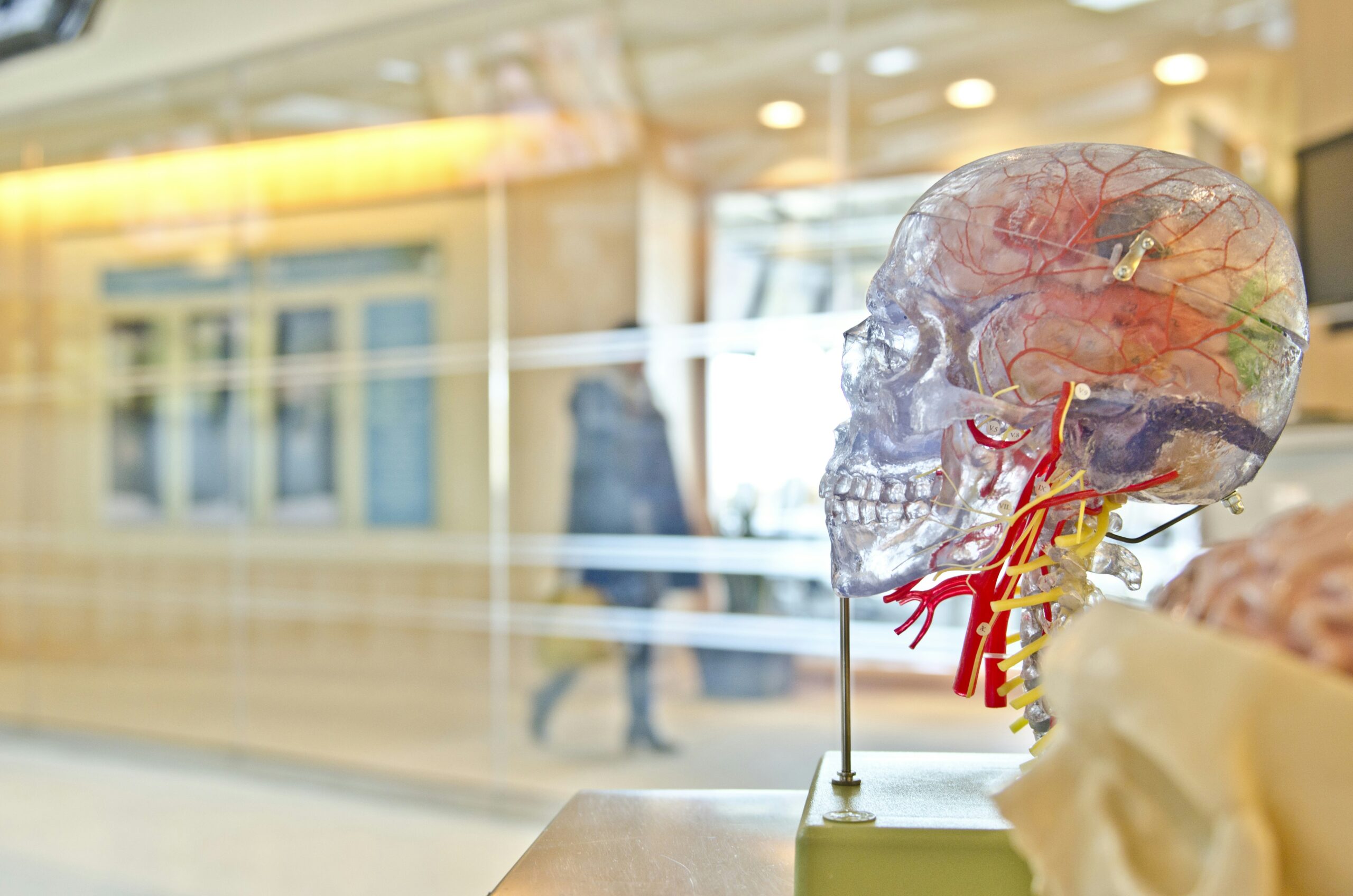Q: How would you summarize your study for a lay audience?
Early onset disease detection and close monitoring are currently the best approaches for caring for patients with neurodegenerative diseases.
Current diagnostic AI models have been applied to medical images in high-quality, academic datasets repeatedly and often very successfully. However, medical imaging data in the community in clinical settings is much more complex and heterogeneous. Patient health records contain different imaging qualities and modalities (i.e. T1 MRI, T2 MRI, CT, PET, etc.), which leads to issues of bias, reliability and clinical translation. Furthermore, some patients have one kind of image, while others have dozens collected over several years.
We used retrospective 3D brain imaging data from Mass General Brigham’s archives that have been collected over two decades — about 308,000 images from 17,000 patients — to train and test an artificial intelligence (AI) model to detect the presence of different neurodegenerative disorders, such as vascular dementia, Alzheimer’s disease, Lewy body dementia and mild cognitive impairment. Our goal was to develop a new AI model that could help clinicians identify patients with these disorders and differentiate them early.
Q: What question were you investigating?
We investigated two questions: First, how can we take this unstructured, heterogeneous and inconsistent brain imaging data that practically exists in real-world settings and create a general method for extracting useful predictions – in this case, what is the likelihood of the presence of certain neurological disorders?
Second, how can we incentivize the model to make these predictions by focusing on causal qualities of the data (such as the shape and integrity of brain structures) rather than correlations (such as patient age and the site they were scanned in)?
Q: What methods or approach did you use?
Inspired by the basic structure of large language models, we created a neural network that could accept a flexible number of images — between one and 14 — and reworked methods common in generative AI to incentivize the model to blind itself to qualities in brain images directly related to confounds (such as age and scanning site), while paying attention to biomarkers relevant to the disease of interest (i.e. brain structures).
Q: What did you find?
Our AI model achieved good differentiation accuracy, with an area under the curve (AUC) of >0.84 for vascular dementia, Alzheimer’s, Parkinson’s, Lewy body dementia, mild cognitive impairment and an unspecified dementia label. However, it was difficult to detect multiple sclerosis and epilepsy. An AUC score of 0.5 is consistent with random guessing, while 1.0 would be perfect.
The model largely achieved this by focusing on the size of subcortical brain structures, with the focus being lateralized to either the left or right side of the brain, depending on the disease being studied. Importantly, it succeeded across sites — it was trained exclusively on Massachusetts General Hospital data and tested on data from Brigham and Women’s Hospital and other hospitals, implying that such models could be deployed widely in the future.
Q: What are the implications?
The use of AI for health diagnostics generally faces issues translating from the academic world to the real world, partially because of how closed off real-world medical data is to AI researchers and the understudied complexities that exist in dealing with such data. This study shows that our technology, designed to overcome these limitations, is feasible for further study in the future on a range of different diseases.
Q: What are the next steps?
Two potent future directions are studies on larger datasets and methods to develop explainable AI for neuroimaging disease detection. Another is the application of this work to prognostics and treatment outcome predictions rather than differential detection.
Authorship: Leming and Im were the co-authors of this paper.
Paper cited: Leming, M. and Im, H. “Differential dementia detection from multimodal brain images in a real-world dataset.” Alzheimer’s & Dementia. DOI: https://dx.doi.org/10.1002/alz.70362
Funding: This work was supported by grants from the National Institutes of Health (NIH) (R01GM138778); NIH Office of the Director (R01GM138778-04S1), and Massachusetts General Hospital ECOR Fund for Medical Discovery Awards.
Disclosures: The authors have nothing to disclose.
